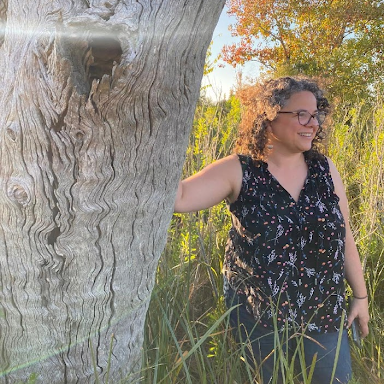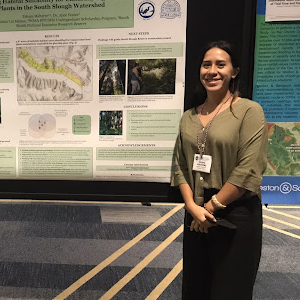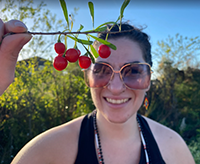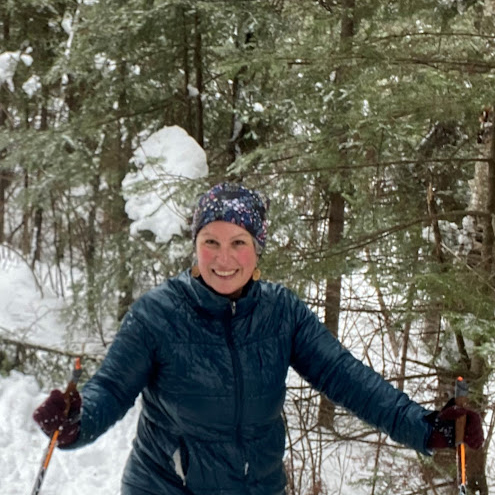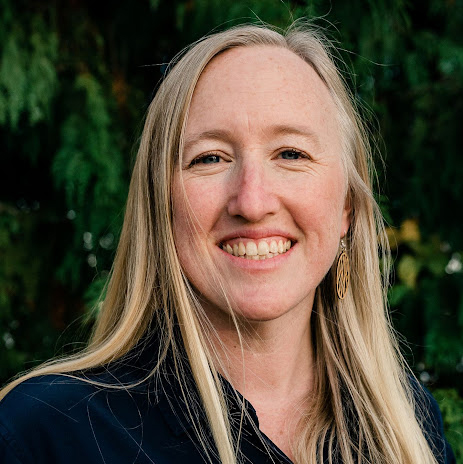For nearly a decade, the Pacific Northwest Blue Carbon Working Group (Working Group) has brought scientists, planners, policy makers and others together to identify and collaboratively fill priority blue carbon data gaps for Pacific Northwest coastal wetlands, archive those data in a new Working Group-created regional blue carbon database, and make those data available to individuals and agencies working to advance regional climate mitigation initiatives. Through the collaboration of researchers, planners, policy professionals, and others from universities, nonprofit organizations, and governmental agencies throughout the region, the Working Group has systematically collected and analyzed new–and compiled existing–regional data on carbon stocks, carbon sequestration, and methane emissions and archived them in the Working Group’s Northeast Pacific Regional Blue Carbon Database.
This two-part webinar series covers the Working Group’s latest research, including data collection to support blue carbon comparisons across different natural and land use types, as well as the ways these data are used in the development of climate mitigation policies and blue carbon tools.
View resources from part 1: Filling Blue Carbon Data Gaps | February 29, 2024
Part 2: Blue Carbon Data Applications | March 7, 2024
This session highlights the Working Group’s and partners’ application of regionally specific blue carbon data for the development of climate mitigation policies and blue carbon tools, including an emissions inventory supporting Oregon’s new Natural and Working Lands legislation, blue carbon mapping, and the development of a regional blue carbon calculator.
Session 2 Speakers:
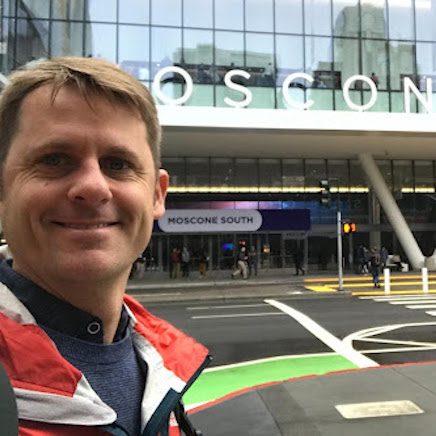 | Chris Janousek, Oregon State University Chris is a research professor at OSU and has worked on tidal wetland ecology along the Pacific coast for two decades. He has led or co-led several regional blue carbon projects and curates the Northeast Pacific Blue Carbon database. |
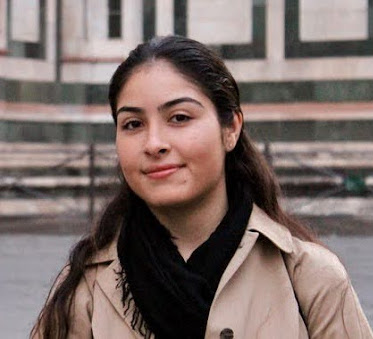 | Jazmin Dagostino, Pew Charitable Trusts Jazmin Dagostino is an associate on Pew’s U.S. Conservation project, working to advance state and federal natural climate solutions. She focuses primarily on state efforts to incorporate coastal blue carbon and peatland management strategies into climate mitigation and adaptation efforts. |
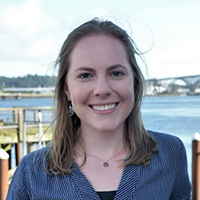 | Adrian Laufer, Sea & Shore Solutions Adrian Laufer is a coastal & marine policy and management practitioner with a background in GIS and spatial science. She is the CEO of Sea & Shore Solutions, a women-owned consulting firm specializing in bridging the gap between science and application in coastal management and marine policy. Laufer collaborated with Pew and others to develop a user-friendly mapping resource to showcase blue carbon values and possible restoration futures. |
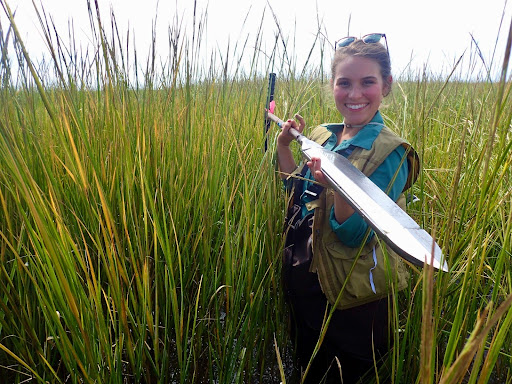 | Mackenzie Taggart, Silvestrum Climate Associates Mackenzie Taggart is a wetland scientist specializing in coastal blue carbon dynamics. With a keen focus on merging science and policy, she is committed to crafting innovative tools for communities actively involved in natural climate solutions. |

.png)
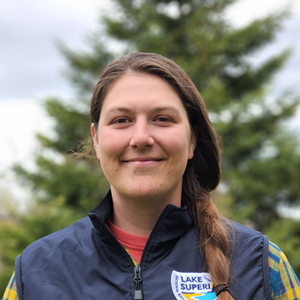
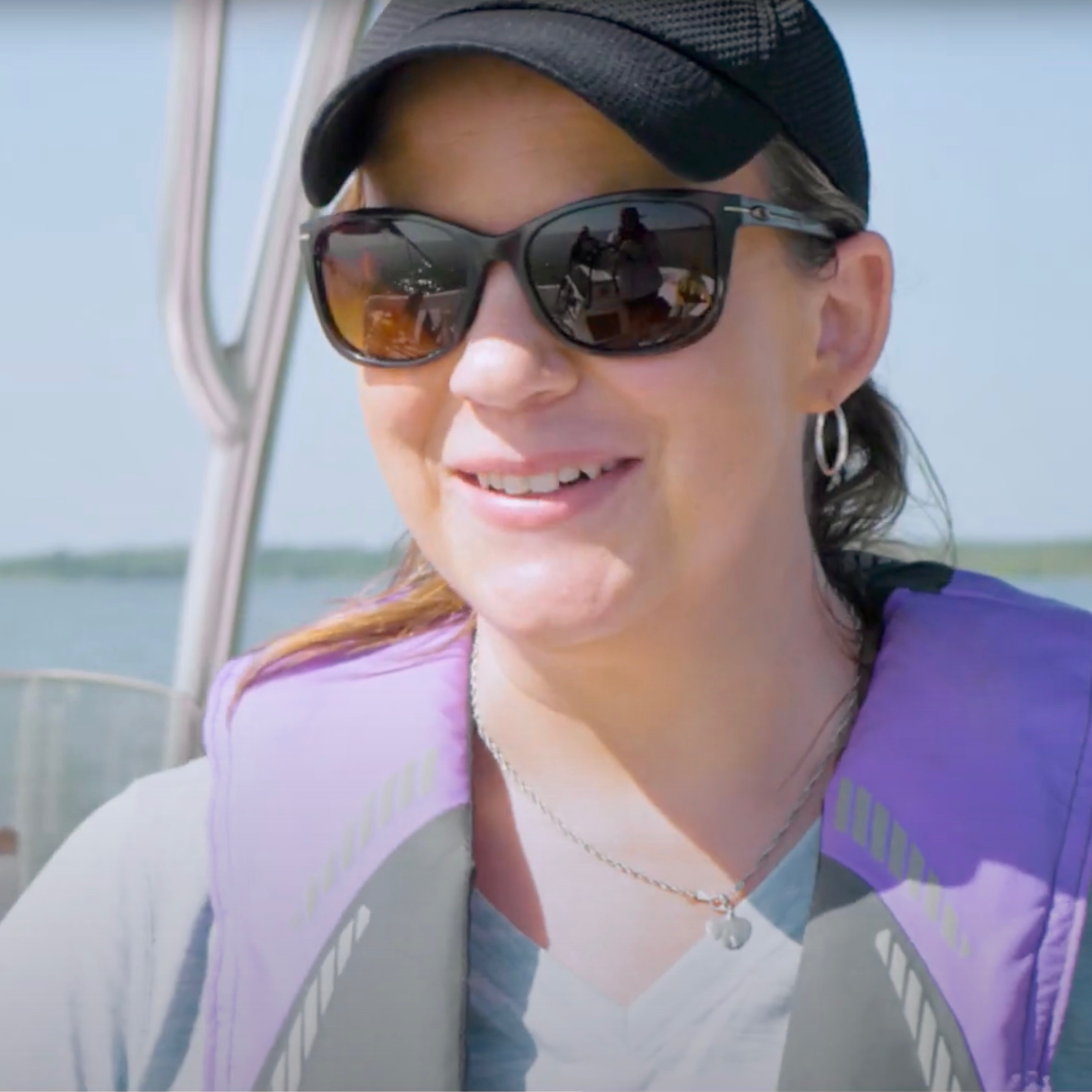
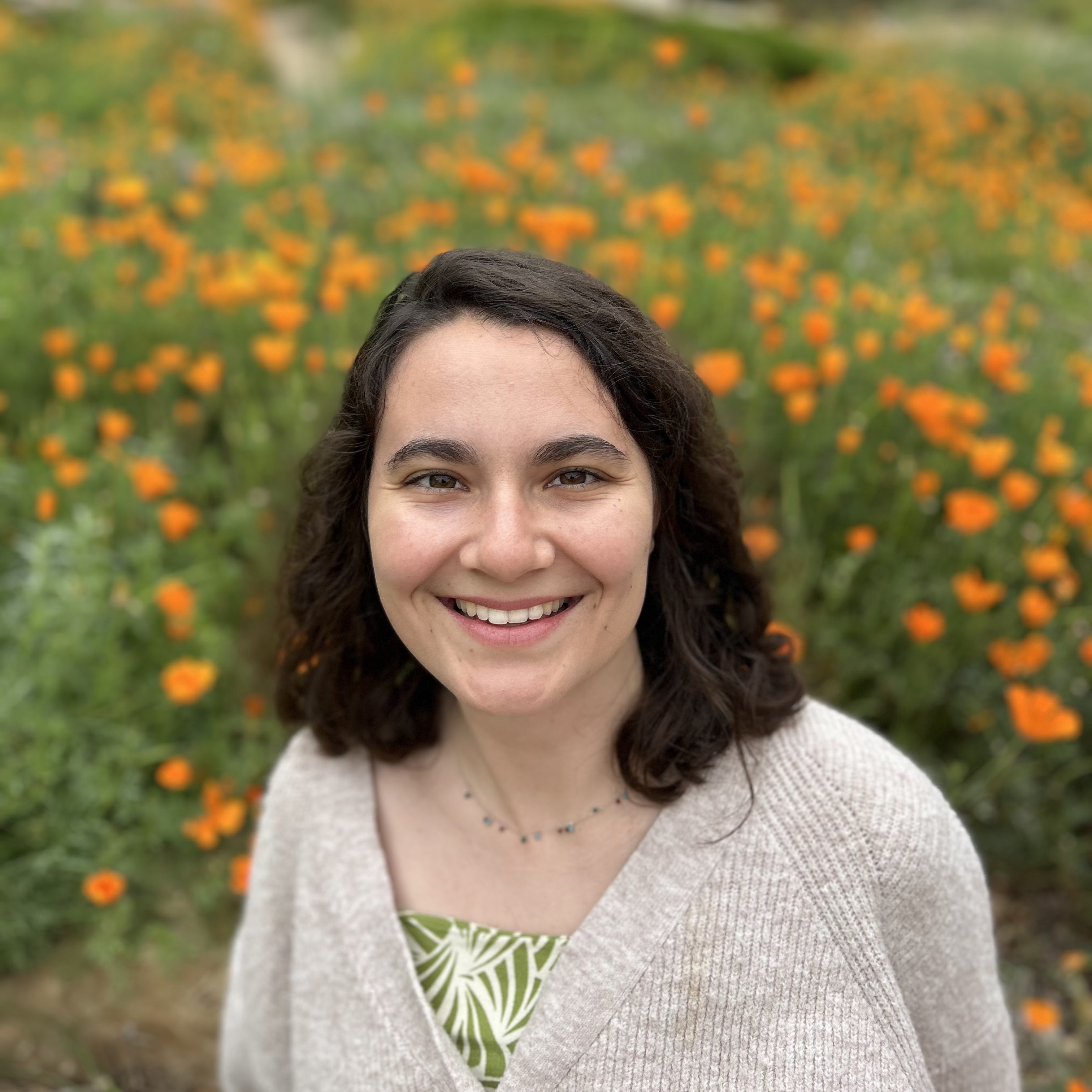
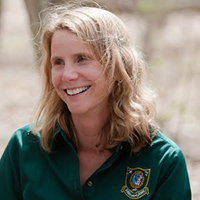
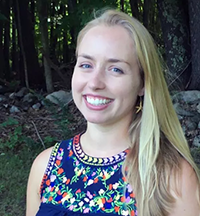





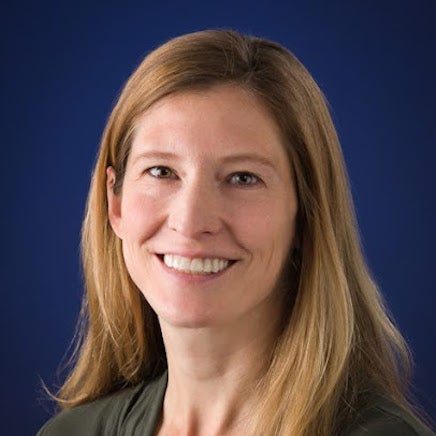
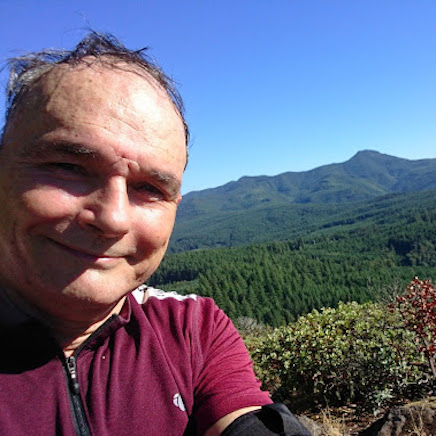
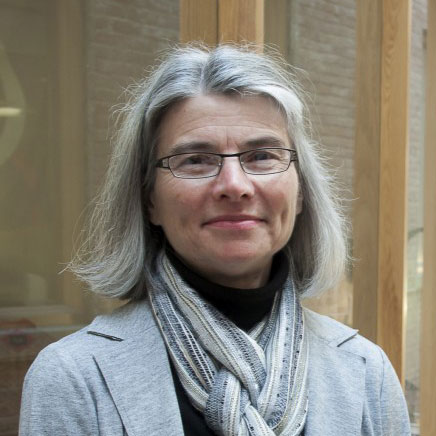
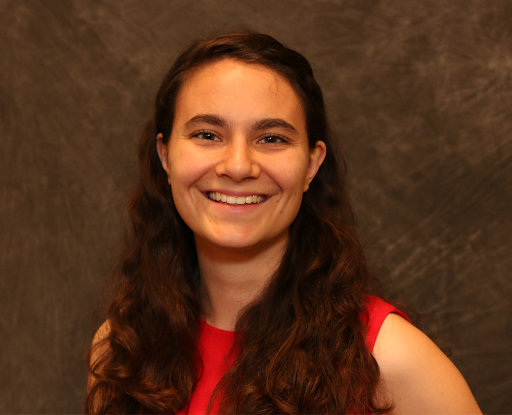
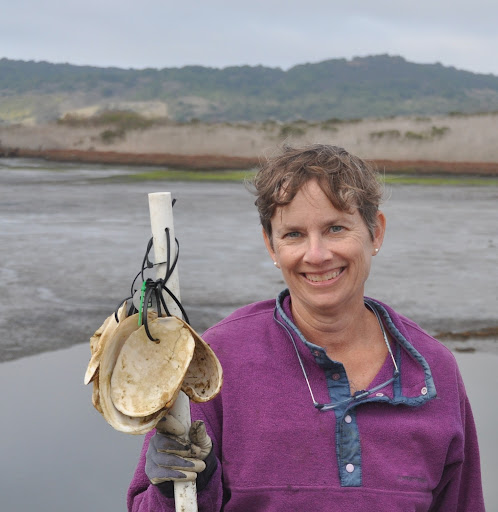
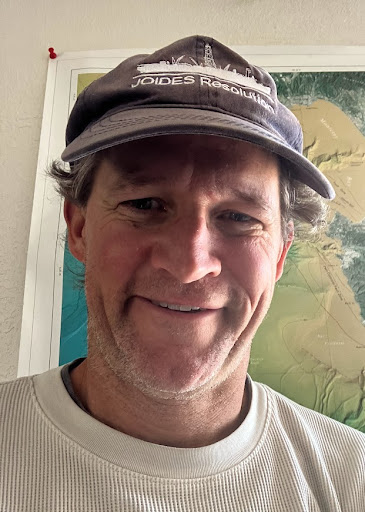
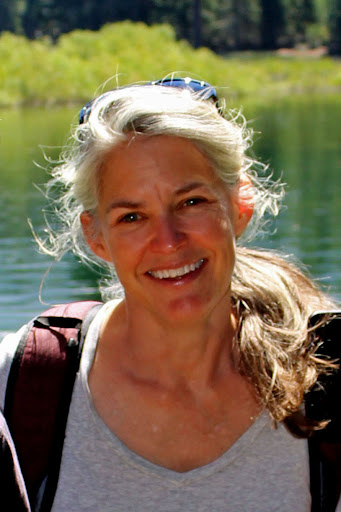
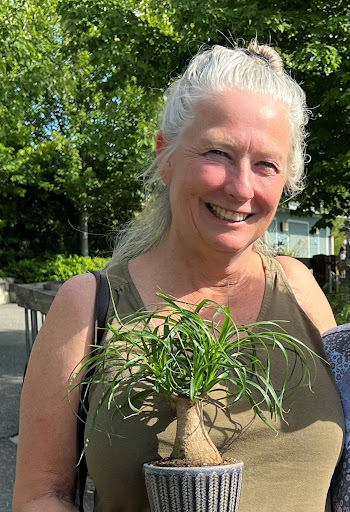
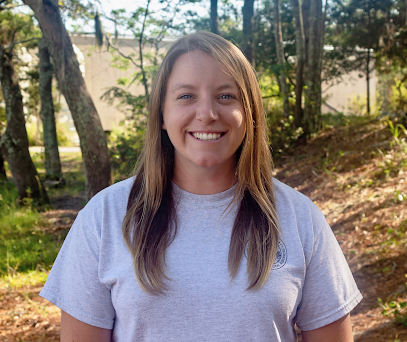
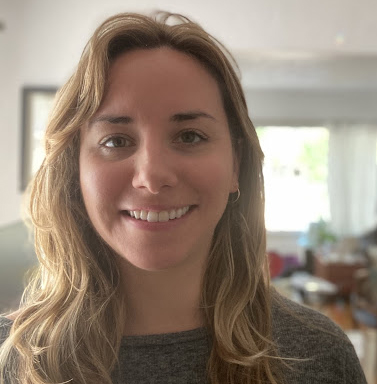
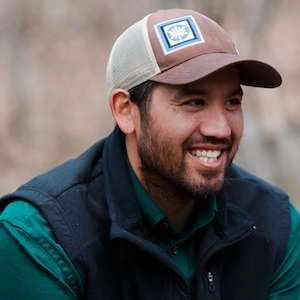
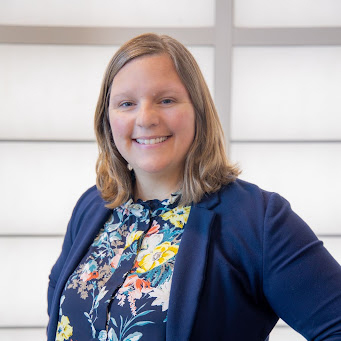
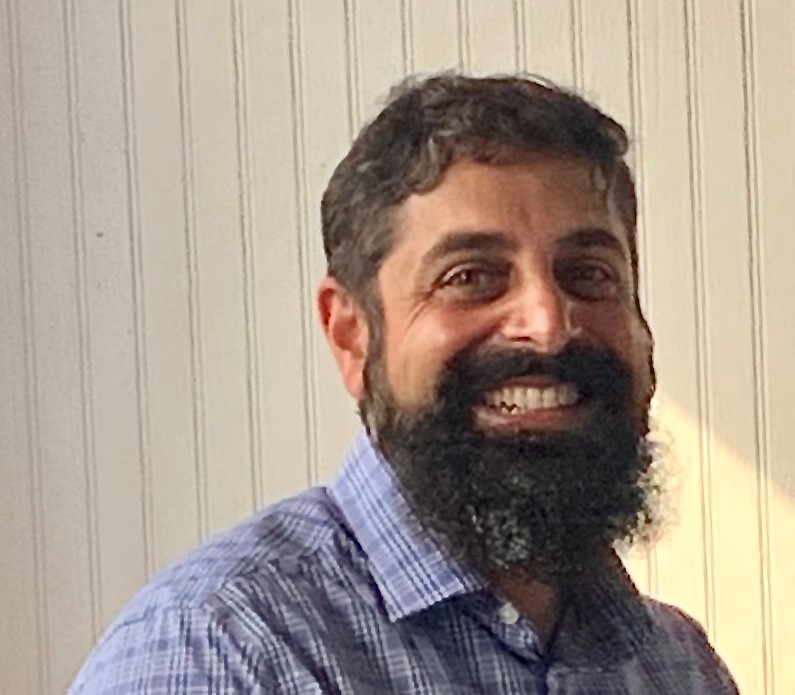
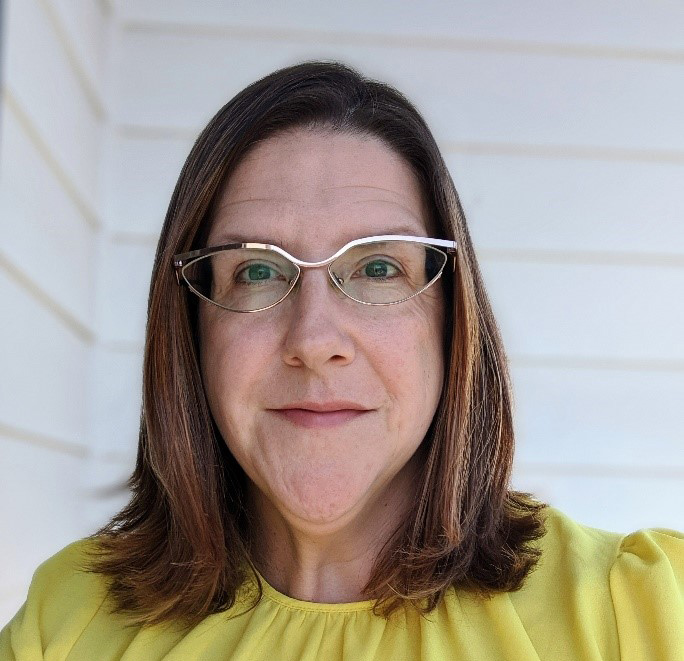
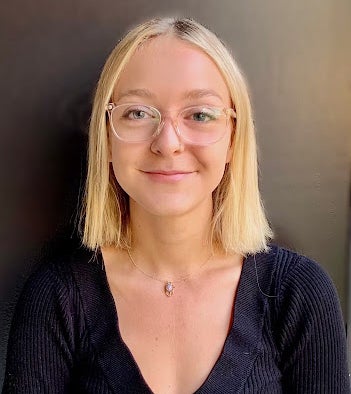 Lisa Maillard, SEAS Doctoral Candidate & NERRS Science Collaborative Graduate Student Research Assistant
Lisa Maillard, SEAS Doctoral Candidate & NERRS Science Collaborative Graduate Student Research Assistant